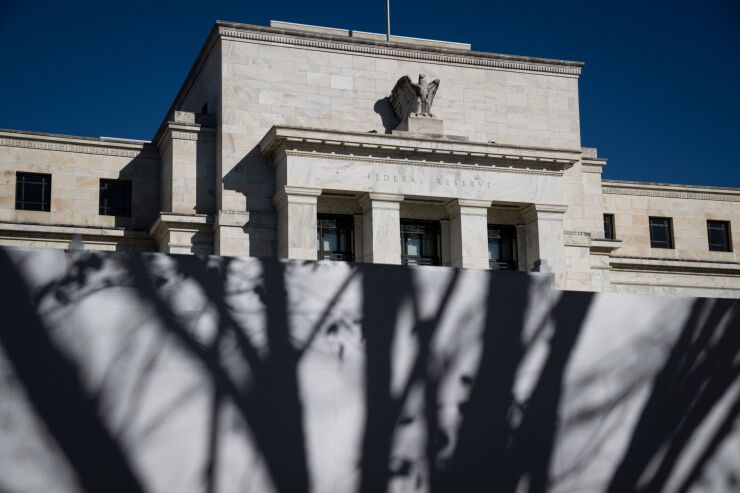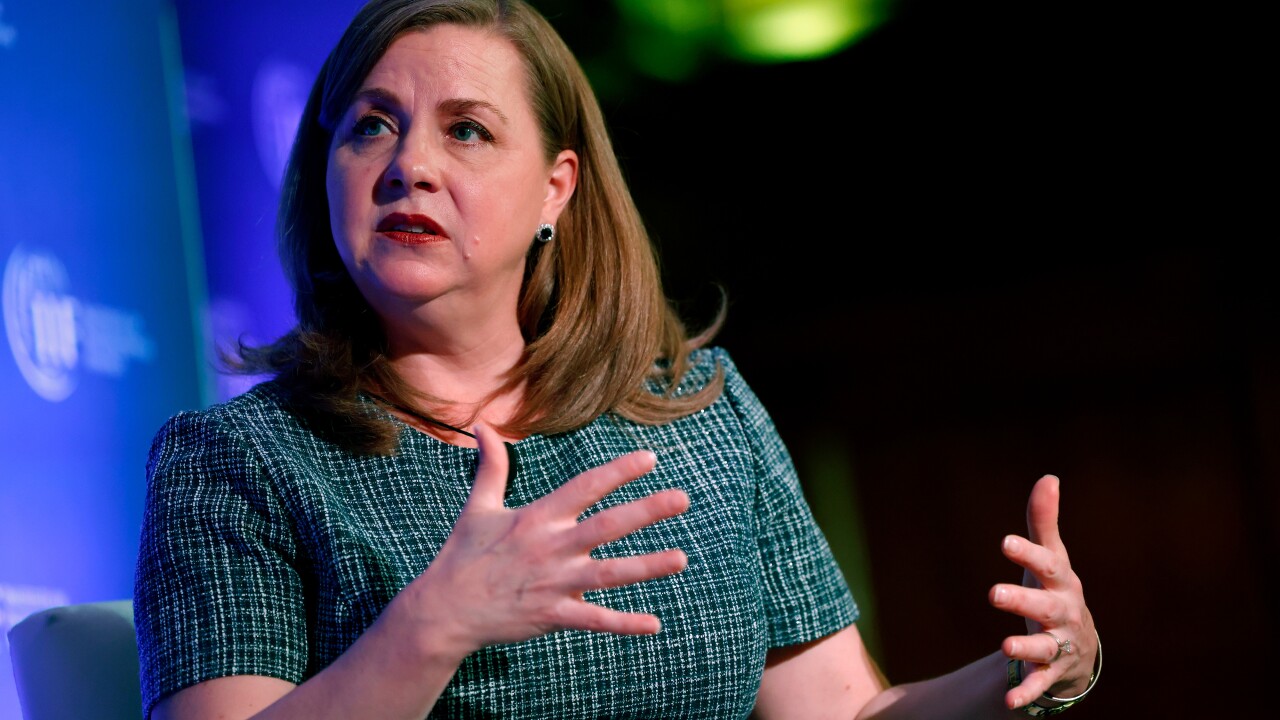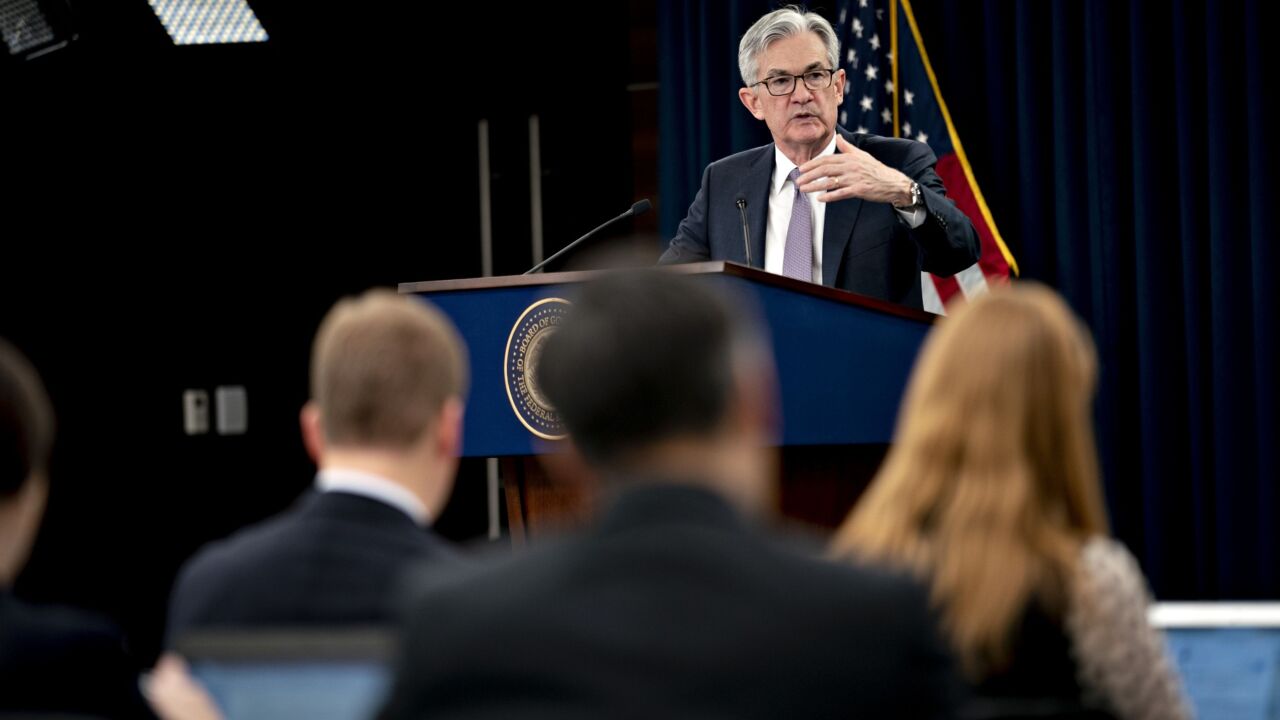
After going undefeated and winning the Miami Dade County Catholic league basketball
The banking industry, currently holding most of the regulatory cards in the
The problem is that when, not if,
The risk isn't just regulatory reversal, it's regulatory retaliation. Bank regulatory karma?
The banking industry typically witnesses the greatest re-regulatory efforts after major crises or bank failures. Times have changed, and our very divisive 50-50 political climate means that Democratic control of the House, Senate and/or administration will witness an unprecedented 180-degree turnaround, including some retaliatory regulations.
A single flip of one of these three power sources, as early as next year's midterms, would be disruptive, a double whammy would be overwhelming, but a full political hat trick by 2028 would be transformational. No one knows this better than Trump and his advisors, who are hurriedly pushing through the most
The bank regulatory pendulum shifts normally include safety and soundness issues such as tightening or loosening capital, liquidity or asset quality requirements; creating new or watering down existing compliance and consumer protection regulations; enhancing or restricting competition via branch, merger or nonbank entry rules; broadening or narrowing the government safety net via changes in deposit insurance, emergency access to government liquidity and critical "too big to fail" decisions; and even changes in the regulatory structure like the elimination or creation of new federal regulatory agencies.
The DOGE-inspired deregulation effort was inspired in part by Trump's
One of the first pro-industry changes under Trump was the FDIC's elimination of problem bank asset data that has been disclosed since 1990. Their
The timing of Trump's removal of
In her first speech since being confirmed as the Federal Reserve's vice chair for supervision, Michelle Bowman outlined a set of ambitious pursuits that would overhaul bank regulation and examination.
One of the most radical Trump deregulation proposals is the removal of the
As extreme as Trump's deregulatory changes are, the regulatory whiplash under a partial or full Democratic Congress and/or administration, especially one with an anti-Trump vendetta, could be redefining.
Realizing this is a political cycle rather than a permanent reality, bankers should consider the following strategies to help hedge against the risk of a retaliatory re-regulation regime.
First, the industry should let Trump own this extreme deregulation effort rather than being a vocal advocate and piling on. With little to lose in his second term, Trump has the cards to play with, but the industry has much to lose in an anti-bank political environment. Let Trump overplay his hand, not the industry. Above all, banks must remain visibly apolitical.
Second, banks who have ever thought about M&A, and this means most community banks, should take advantage of this
Third, Community Reinvestment Act and fair lending regulations may appear relaxed now, but banks must remain vigilant and continually improve their compliance infrastructure by investing in upgraded RegTech systems and maintaining staffing, perhaps engaging fired or retired examiners. The
Fourth, considering potential regulatory exposure, the industry should consider scaling up its lobbying efforts relative to other highly regulated industries. The banking industry spent $64 million on 480 lobbyists in the
Fifth, the industry has a new and powerful tool in its regulatory response kit. Regulatory justice litigation is no longer theoretical but, rather, a proven strategic tactic. It was successfully used for the first time against the three prudential regulators' misguided
Banking has always and will continue to be the world's most regulated industry, but bank regulations have become poisoned with






